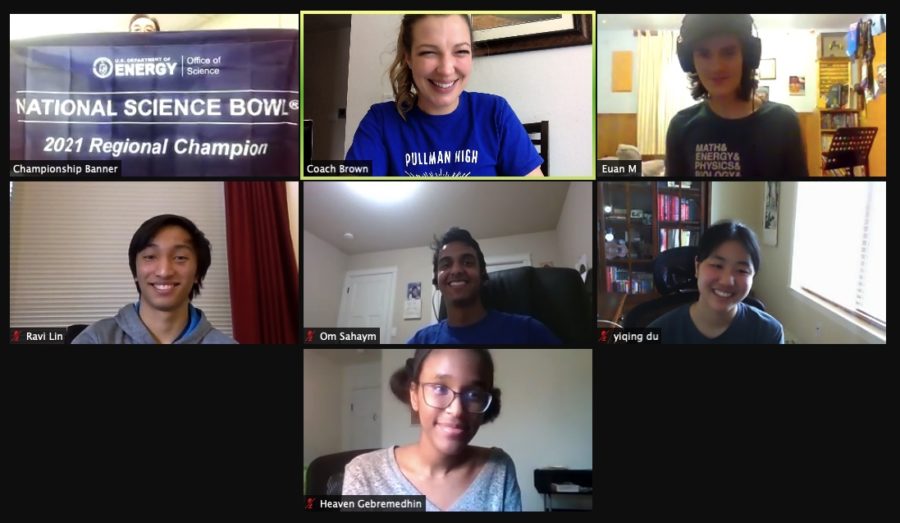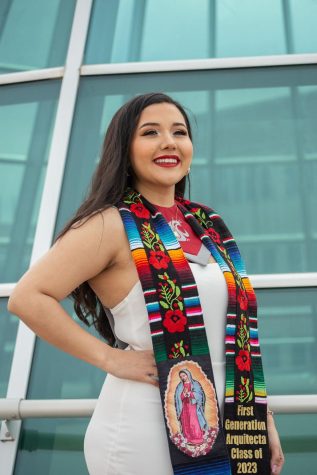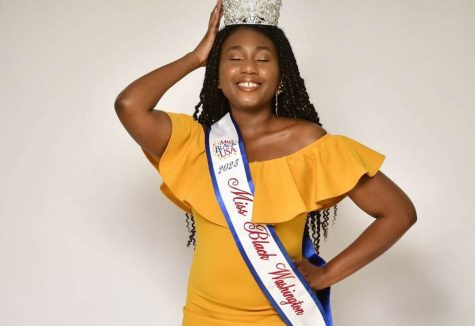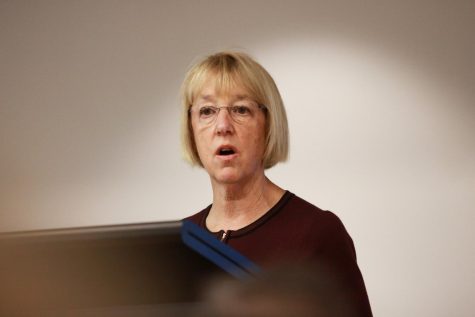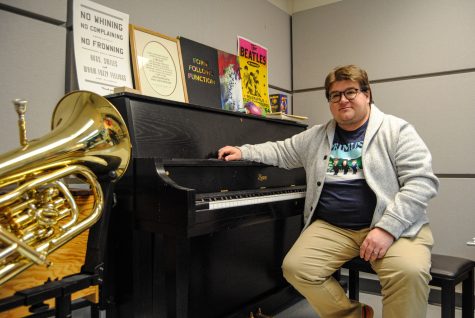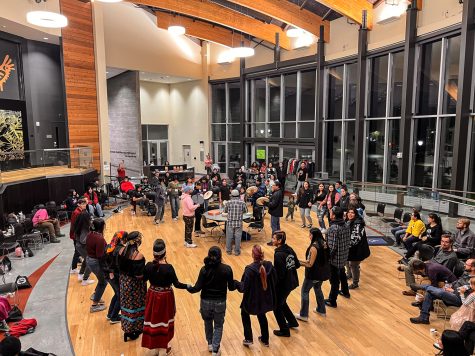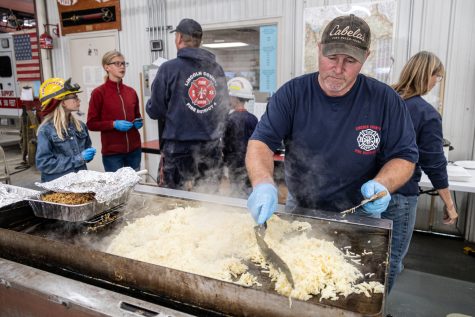PHS Science Bowl team ranks in top 64 for national finals
Students answer college-level science, math questions; coach hopes participants will develop socially, emotionally through competition
“We work hard to be competitive in a way that doesn’t drive our entire lives,” said Johanna Brown, PHS science teacher and Science Bowl coach.
May 28, 2021
Pullman High School students competed last Saturday in the National Science Bowl Finals and ranked in the top 64 of over 1,100 high school teams.
In March, the PHS team won the Inland Northwest Regional Science Bowl. There were about 15 other teams competing in the region, said Johanna Brown, PHS science teacher and Science Bowl coach.
This year’s team consisted of juniors Yiqing Du, Heaven Gebremedhin and Euan McCubbin, and seniors Ravi Lin and Om Sahaym. Science Bowl teams are limited to five students, Brown said.
“Science Bowl is kind of like Jeopardy,” McCubbin said. “You need to know the information, but it’s also very team-based. You’re not on your own at all.”
Students answer college-level science and math questions, Brown said. Because the questions are so complex, each team member has an area they specialize in, including biology, physics, chemistry and math.
When students compete in person, they have five seconds to answer toss-up questions, Brown said. However, that time was extended to eight seconds for this year’s virtual competition format. If they get the toss-up question correct, they then have 20 seconds to answer a bonus question.
“They’re taking the integral of things … they all have the periodic table memorized,” Brown said. “They’re answering these questions so fast.”
Science Bowl is hosted by the U.S. Department of Energy, so some of the questions are about recent energy research occurring at national laboratories. Brown said she encourages students to follow the labs on social media to prepare for questions about research.
McCubbin said he spends about one or two hours per week at the beginning of the year studying for Science Bowl. The time he spends studying increases throughout the school year, until he is spending about five to six hours per week during the month of a competition.
“At the national level the competition is really fierce,” McCubbin said. “Even if you study really hard and get really good, there’s no guarantee that you’ll actually make it very far.”
Most of the students on the team are taking college-level science courses at WSU, Brown said.
The two seniors on the team are planning to pursue careers in STEM, while the three juniors have not yet decided on future careers, she said.
Brown said she hopes students will not only learn about science but will grow socially and emotionally through the competition.
“There are a lot of emotions involved,” she said. “If you think it’s one answer and you’re wrong, you have to deal with that.”
The team focuses on vulnerability and ego while competing, Brown said.
“We work hard to be competitive in a way that doesn’t drive our entire lives,” she said.
McCubbin said he enjoys the competitive element of Science Bowl, which has changed significantly because of the virtual format. Winning now depends less on reaction time because teams are not competing head-to-head.
“You can get really really into it when you’re actually at the competition and competing against another team,” he said. “That’s something that hasn’t really been the same this year.”
The PHS team makes it to the national finals pretty consistently, McCubbin said.
Brown competed in Science Bowl when she was in high school in Spokane. She said she remembers losing to the PHS team.
“They were awesome,” Brown said. “They totally deserved to win.”

